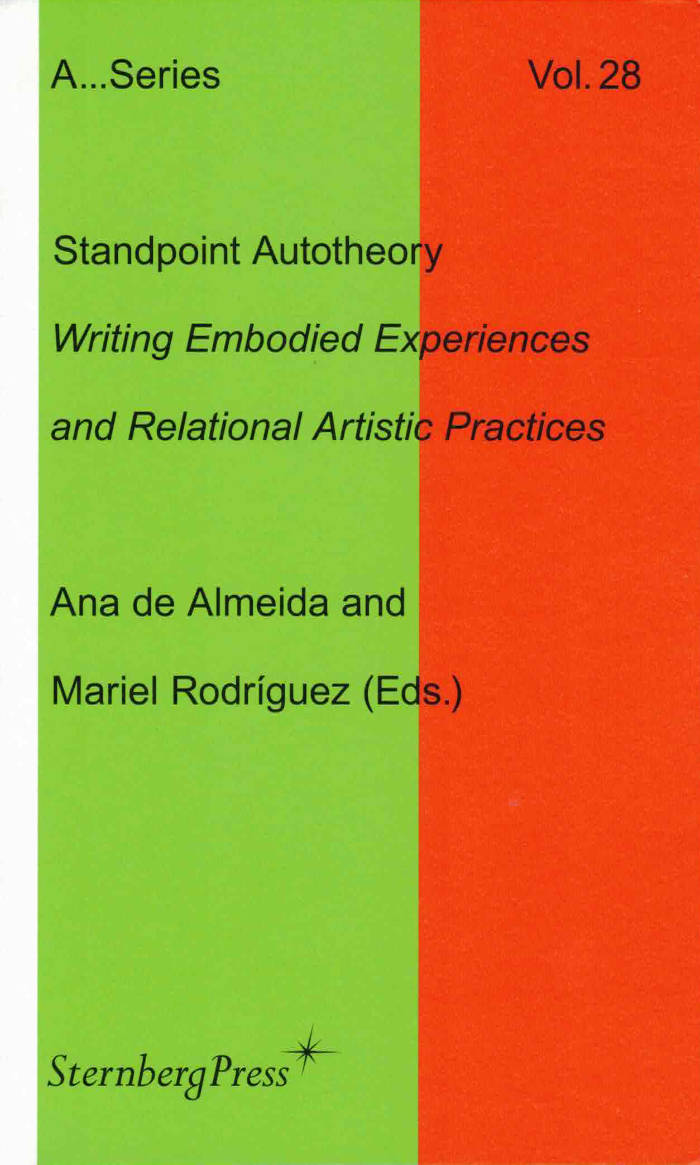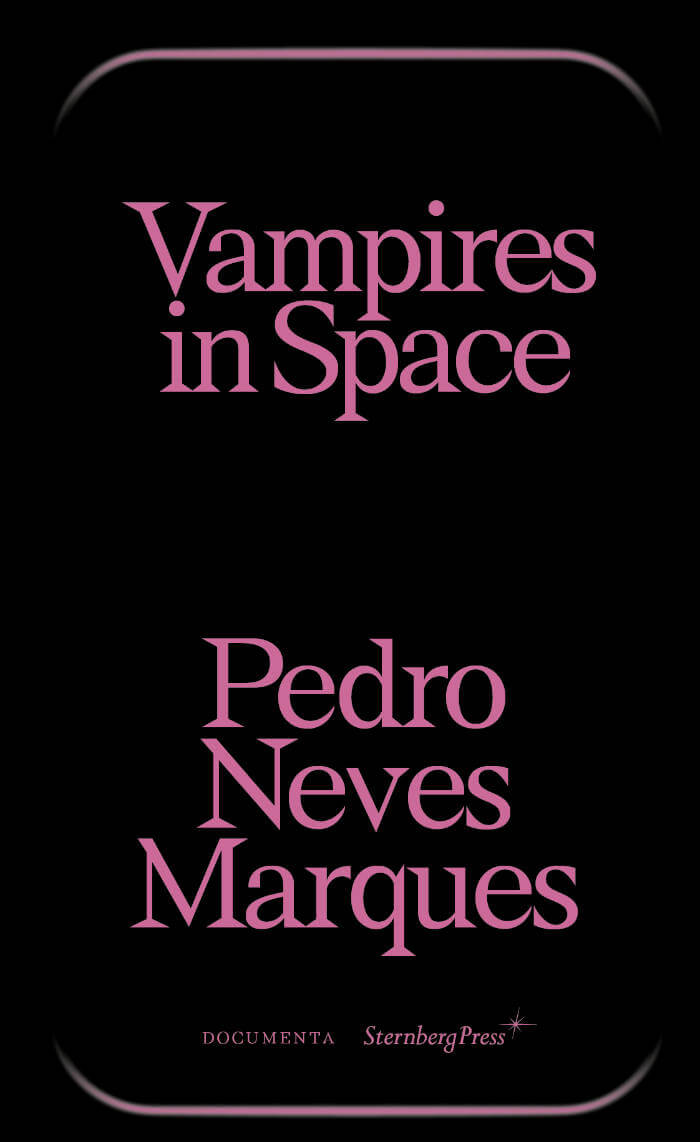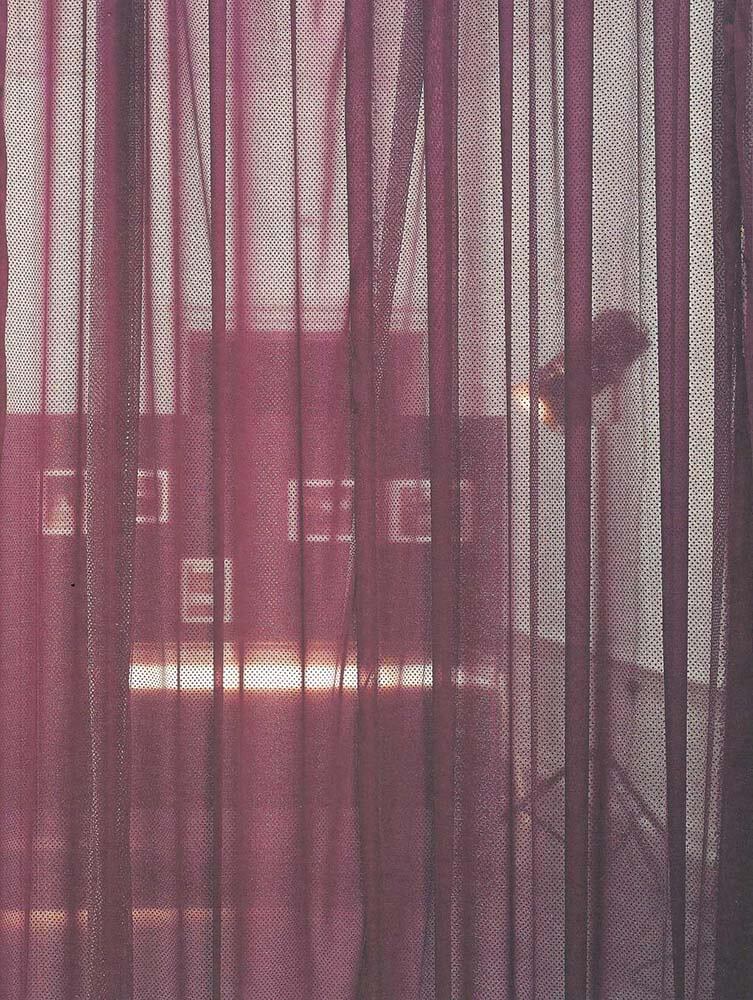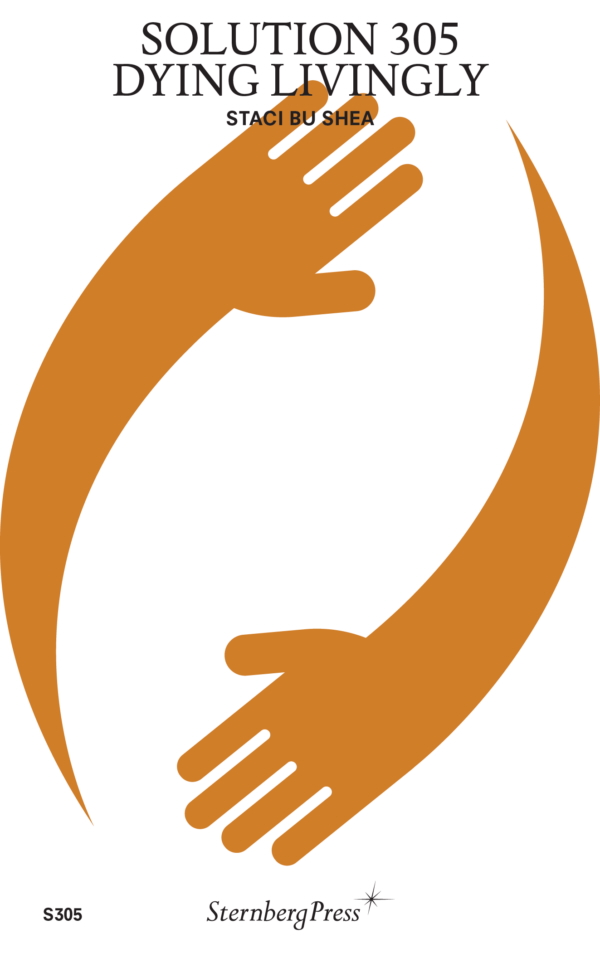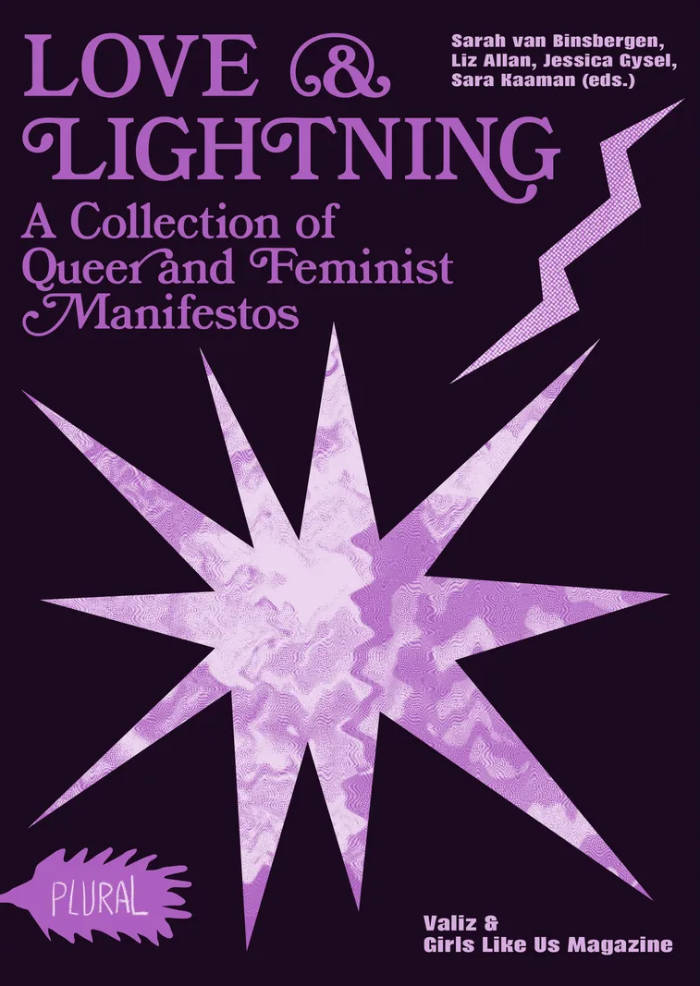
Houses To Die In and Other Essays on Art
Art critical essays focusing on artworks that, in various ways, convey a sense of unheroic "trouble."
Stories of the undead of contemporary painting, the mediation of pain, photography courting stupidity, sculpture and architecture courting animism, populism in avant-garde art, fear of avant-garde territorialism, ambivalent networking, displaced abstractions and misplaced weather systems.
The essays assembled in this volume were all written over the past twenty years—a period in which Ina Blom pursued art critical writing alongside more academic work and when the boundaries between the two genres grew at times deliberately blurred. Dispersed as they were across a variety of publications with limited accessibility—out-of-print anthologies and artist's books, hard-to-find art catalogues, journals, and magazines protected by paywalls—Houses To Die In and Other Essays on Art at last brings them together, and not just for practical reasons. If the texts collected here have one thing in common, it is in a certain pull they display toward artistic projects that are not redemptive or exemplary, but which instead convey a sense of trouble: trouble actively sought by the artists or keenly felt by Blom. A distinctly unheroic trouble.
Born in Oslo in 1961, Ina Blom is an Associate Professor at the Department of Philosophy, Classics, History of Art and Ideas at the University of Oslo. She has written extensively on modern and contemporary art and is also active as an art critic.
Language: English
